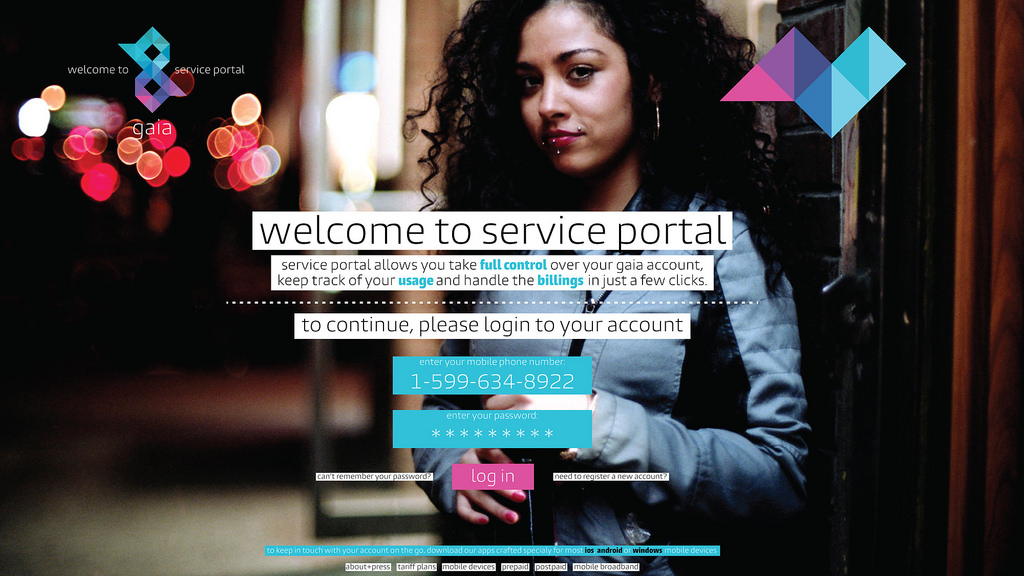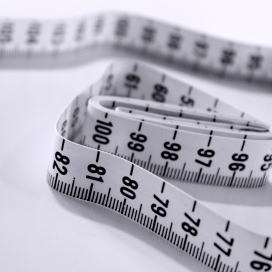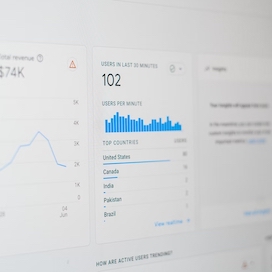Written by Fani Sánchez
CRO (Conversion Rate Optimization) is the professional activity that deals with the analysis and continuous improvement of the conversion rate of a website. Its objective is to persuade as many users as possible to execute the action or actions we have set as objectives.
Depending on the business, the website may have different objectives. For example: for a store that sells online, the goal will be to get users to buy. However, for other types of businesses such as lawyers, dentists, plumbers, etc. the objectives to be achieved would be that users contact, make an appointment or request a quote. Other types of objectives could be to get registrations or to get users to download a file.
The ability of a website to achieve a good conversion rate depends to a large extent on its content, design, offer and, most especially, its usability. Usability allows us to create exquisite user experiences so that we can easily find what we are looking for. To optimize the performance of a website, however, usability, although a necessary condition for a good conversion, is not enough.
In usability, the focus is on the user and the way he/she interacts with the website. To move from this focus on the user to a focus on conversion rates, it is necessary to go one step further, towards what David Boronat and Esther Pallarés call persuadability in their book Vender más en Internet.
According to Boronat and Pallarés,“persuadability is the ability of an online presence to drive users to action and convert them into customers“. The concept is born from the fusion between usability and persuasion. “We not only make it easy for the user to access content, but we also guide them towards our objectives to maximize conversion,” the authors argue.
The goal, then, of persuasiveness is the same goal pursued by CRO (conversion rate optimization) professionals: to continually improve a website’s ability to meet its objectives.
To achieve the main purpose of the CRO of persuading the user who visits a website to perform an action and achieve a goal, professionals work on the optimization of landing pages. Below is an example of a landing page.
To do this, techniques and tools are used such as A/B testing, which shows users two or more similar pages to find out which one obtains the best results and apply the changes to the final version. Another widely used tool is heat maps, which help to know what the user sees and where the most clicks are made. Navigation videos are very useful to know exactly what the user is doing on the website and thus detect what difficulties exist for the user to reach the target.
It should be noted that, as indicated at the beginning, the work of the CRO is continuous, which means that these optimization techniques should continue to be applied throughout the life of a website, and even more if we take into account that both the users and the devices where they visualize the web are changing over time.




